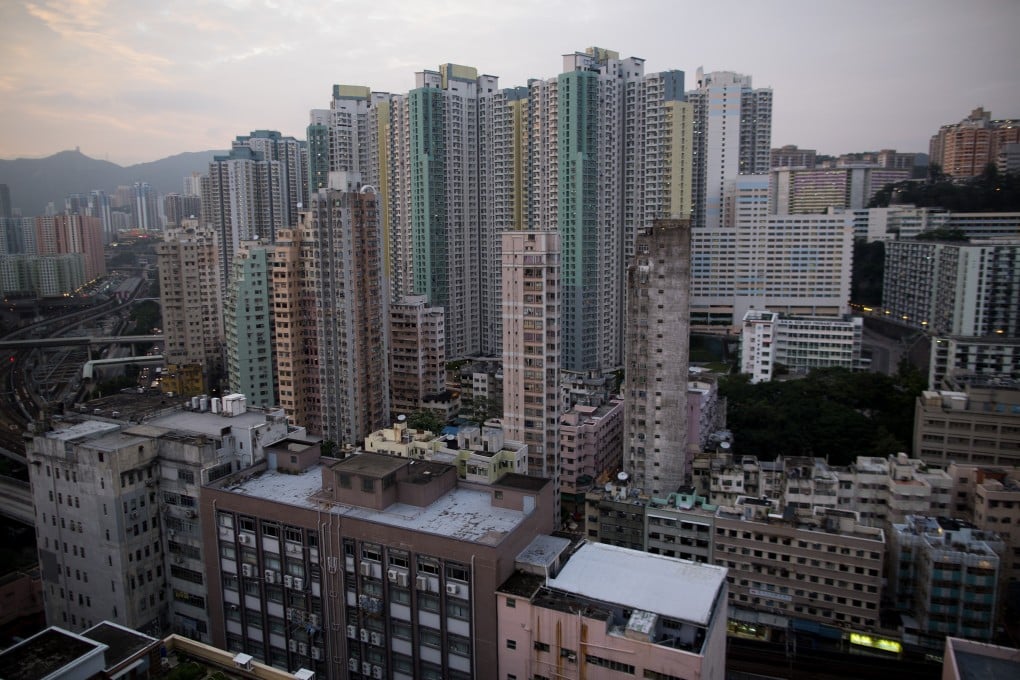The government should help the market make best use of industrial buildings

Ever since manufacturers began to move their bases to the mainland, owners of industrial buildings have tried to make better use of vacant units. From high-end horticulture and fish farming to indoor ski slopes and boxing rings, from art galleries and exhibition halls to music studios and performance venues, from private kitchens to loft living units, the innovative use of space in these once-abandoned premises is eye-opening. While some of the activities are against current land-use restrictions, they attest to the city's ability to adapt to change.
The transformation is also acknowledged in a study by the Planning Department on the current use of industrial sites. The space taken by manufacturing is, unsurprisingly, less than 8 per cent. Premises being used as warehouses make up 41.8 per cent and those used as offices 24 per cent. Usage as showrooms, data centres and for aquaculture accounts for more than 5 per cent. It is good that the department is prepared to be more flexible and consider relaxing restrictions on industrial sites.
Before changes are made, occupants of industrial premises are supposed to follow the conditions attached to the specific land use. But rigid rules sometimes prevent the market from making the best use of space.
With as much as 27.85 million square metres of space in 1,448 blocks across the city, industrial buildings can help relieve the severe shortage of land for commercial and residential use. It is true that some usages, like subdividing units for poor families to live in, bring safety issues and must not be tolerated, but others do not seem to pose any immediate such problems. As long as the usage is of benefit to the economy and does not compromise public safety, there is no reason why the government cannot be more flexible.
The department has ruled out large-scale rezoning of industrial sites, noting that vacancy rates have been decreasing in recent years. It has also changed an original proposal to convert two industrial sites, one into commercial and one to residential use. The latter would have produced an estimated 5,000 residential units. Given the equally strong demand for commercial and residential premises, the government should continue to explore other options to meet market needs.
Some blocks have transformed into one-stop shopping and recreational venues for families at weekends. Their success shows that the market knows best how to adapt to changing needs. What it takes is flexibility from the authorities.
